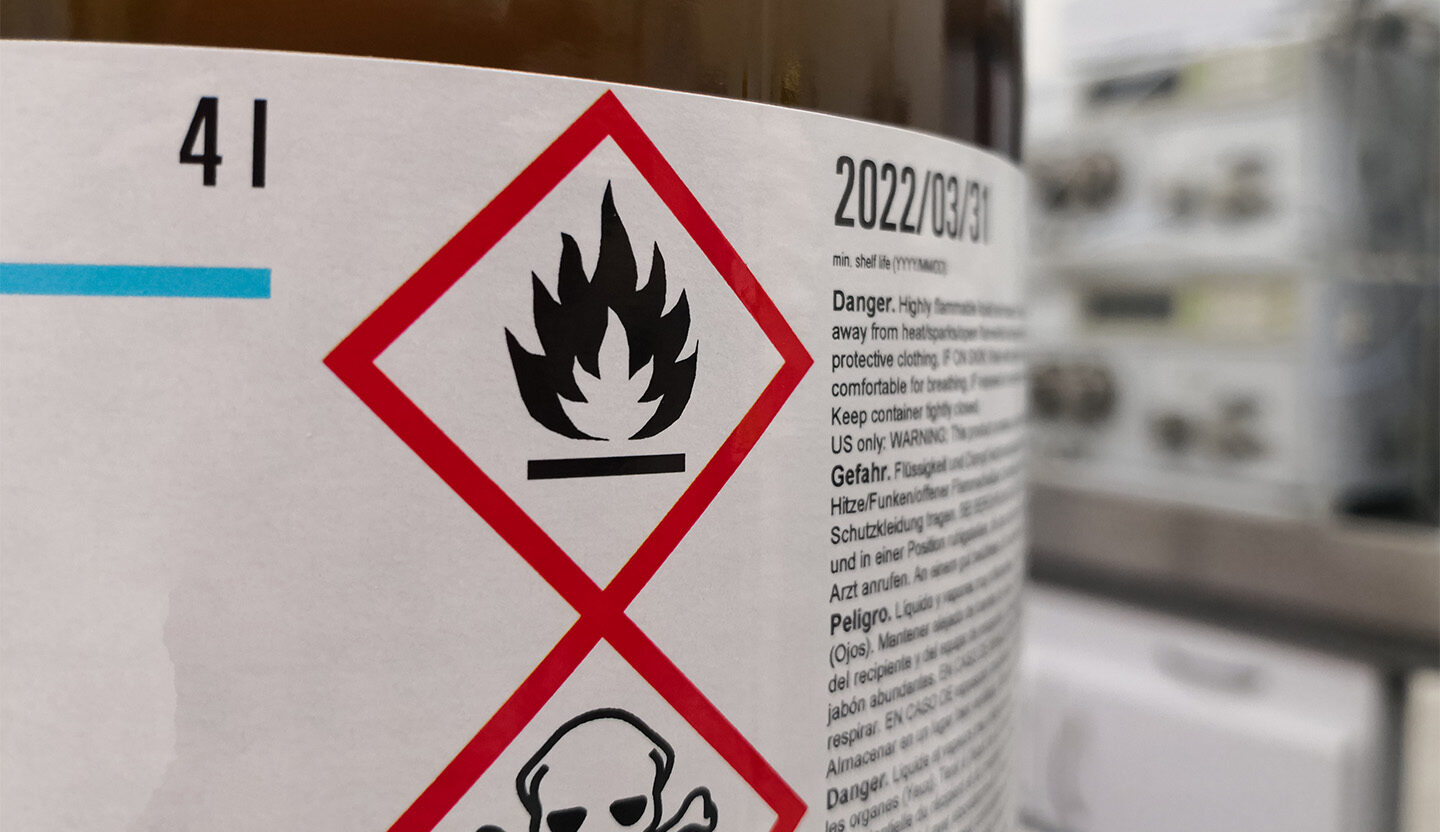Authorisation is a REACH process that aims to manage the risks associated with use of hazardous substances by driving their replacement with safer alternatives. Substances that are subject to authorisation must not be used after their ‘sunset date’, or placed on the market for a use, unless that use has been authorised or an exemption applies. Annex XIV of REACH contains the list of substances that are subject to authorisation. This list is updated every 2 years or so.
Some Annex XIV substances have limited use or can be readily replaced, but this isn’t always the case – the inclusion of chromium trioxide on Annex XIV in 2013 resulted in major changes across companies and sectors that are still playing out. The use of very small quantities of Annex XIV substances in niche uses or formulations can be far more difficult to unearth and just as costly to resolve. Businesses need to understand and act where they or others in their supply chain rely on substances on Annex XIV to avoid business interruption.
On 2 February 2022, the European Chemicals Agency (ECHA) launched a public consultation on its proposals to include eight more substances to Annex XIV of EU REACH, including lead metal. The European Commission has opened a call for information in parallel on the possible economic, social, health and environmental impacts (costs and benefits) of the proposals. The eight substances are as follows:
Here’s the updated information formatted as an HTML table for a website:
| Name | Alternative / Trade Name | Reason for Inclusion | Uses |
|---|---|---|---|
| Lead EC no. 231-100-4 CAS no. 7439-92-1 |
– | Toxic for reproduction | Used in the production of lead batteries, lead articles or alloys, lead solder, in galvanisation, as heat transfer fluid or in formulation and use of lubricants. |
| Glutaraldehyde EC no. 203-856-5 CAS no. 111-30-8 |
Glutaral, Cidex, Sonacide, Hospex | Respiratory sensitiser | Used as a disinfectant, medication, preservative, corrosion inhibitor, fixative, hardener in X-ray film developers, in leather tanning, as a cleaning agent, and in polymerisation reactions. |
| Orthoboric acid, sodium salt EC no. 237-560-2 CAS no. 13840-56-7 |
Boric acid (H3BO3), sodium salt | Toxic for reproduction | May be used as a substitute for other borates already recommended for authorisation. |
| Ethylenediamine EC no. 203-468-6 CAS no. 107-15-3 |
1,2-diaminoethane, Edamine, EDA, Algicode 106L, Amerstat 274, Bruggolen P22 | Respiratory sensitiser | Used as an intermediate, process additive, corrosion inhibitor, for the control of odour emission, in medicines, and as a monomer in epoxy, polyurethane and other polymers for adhesives and coatings. |
| Diisohexyl phthalate EC no. 276-090-2 CAS no. 71850-09-4 |
– | Toxic for reproduction | Plasticiser. May be used as a substitute for other comparable phthalates already subject to authorisation or recommended for inclusion in Annex XIV. |
| 2-(4-tert-butylbenzyl)propionaldehyde and its individual stereoisomers EC no. 201-289-8 and others CAS no. 80-54-6 and others |
Lilial, Lilyal, Lilyall, Lilestralis, Lysmeral, Lily aldehyde, Monastral Red B, Quinacridone | Toxic for reproduction | Used as fragrances in a wide range of scented articles and mixtures, such as cosmetics, laundry powders, polishing, car care products, air cleaners etc, and use as an intermediate to make biocidal active substances. |
| 2-benzyl-2-dimethylamino-4′-morpholinobutyrophenone EC no. 404-360-3 CAS no. 119313-12-1 |
Chivacure 169, Genocure BDMM, Irgacure 369, Omnirad 369, Speedcure BDMB, CG 25-369, TK 11-319 | Toxic for reproduction | Used as a photo-initiator in polymer production, in UV-curable coatings, inks, adhesives, putties, plasters, modelling clay and similar applications. |
| 2-methyl-1-(4-methylthiophenyl)-2-morpholinopropan-1-one EC no. 400-600-6 CAS no. 71868-10-5 |
Genocure PMP, IHT-PI 907, Irgacure 907, Speedcure 97, UV 907 | Toxic for reproduction | Used as a photo-initiator in polymer production, in UV-curable coatings, paints, thinners, printing inks and toner. |
Meanwhile, in Great Britain, the Health & Safety Executive (HSE) has proposed that two substances be added to Annex XIV of UK REACH:
| Name | Alternative / Trade Name | Reason for Inclusion | Uses |
|---|---|---|---|
| Disodium octaborate EC no. 234-541-0 CAS no. 12008-41-2 |
DOT, Etidot-67, Missibor, Mycrobor, Octabor, Polybor, Solubor, Superflor, Tim-bor | Toxic for reproduction | Used in paints, adhesives, construction materials, in biocidal products and as a micronutrient in fertilisers. |
| Dicyclohexyl phthalate EC no. 201-545-9 CAS no. 84-61-7 |
DCHP, Ergoplast FDC, HF 191, Howflex CP, Unimoll 66 | Toxic for reproduction, endocrine disruptor | Used in organic peroxides, semiconductors and industrial adhesives, with applications in the electronic and automotive sectors. |
The impact of authorisation can be very significant to companies and supply chains, from breaching the regulation to unplanned obsolescence. We explore the consequences of this further in our articles on lead metal and on lead solder as examples.
Sagentia Regulatory can help
Led by Sue Bullock and Sagentia Regulatory’s, formerly TSG Consulting’s, experienced REACH consultants, our industry and regulatory experts can support you through the public consultation process and beyond. We can help you:
- Understand how and when you might be impacted by the proposed changes to include these ten substances on the EU and UK REACH Authorisation Lists
- Bring into focus the health, social and economic consequences of the proposed inclusion for your products
- Map concerns through your supply chain, from supplier to customer
- Work with you to assess potential options and identify the preferred strategy, based on available regulatory, technical and commercial considerations
- Track and keep you up-to-date on regulatory developments
- Ensure your business risks are minimized in the event of authorisation listing
If you’d like to have an informal chat with our team, please get in touch at [email protected]



